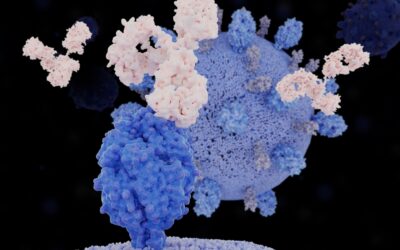Recently our WuXi AppTec subject matter experts contributed to notable publications. Below is a quick recap of where to find them sharing their knowledge, advice and passion for drug development.
Pharma Manufacturing
Keys to Submitting a Successful IND Application to the FDA
The Investigational New Drug (IND) application can represent a significant milestone in the development process, but creating a full synopsis of your drug can be an overwhelming task. Without a thorough application, vital First in Human (FIH) studies cannot commence – putting your progress, and in some cases your funding, at stake.
In this article, Dr. Xiaoxia Li, Executive Technical Director of Toxicology, breaks down the three crucial components to an IND application and helpful tactics to consider during the planning process.
Pharmaceutical Outsourcing
Preclinical Testing: Advice for the Smaller Drug Developer
Whether you’re a smaller drug development company or your team is running lean, the preclinical process presents capacity challenges, as well as limits to budget and expert availability. Still, drug developers of all sizes and compositions have the potential to make revolutionary breakthroughs, so don’t let the shift from discovery research to regulated safety assessment impair progress.
In this article, Dr. Mark Walker, Senior Technical Director of Toxicology, touches on everything from embracing adversity to evaluating relationships.“In truth, everything starts small, and this is where great discoveries have been made,” he remarked.
Contract Pharma
When the Preclinical Pressure’s On, Appropriate Planning can Make Sure Timelines are Achievable
When drug development timelines become interrupted or unattainable, companies can face insurmountable pressure. Keeping projects on track and on time is critical to developers, and the unforeseen obstacles that we’ve experienced in 2020 forced many to take a new approach to planning and organization.
In this article, Mingyi Trimble, Senior Technical Director Toxicology, explores strategies to mitigate timeline burdens on development programs, and divulges best practices for creating and calculating realistic timelines.
For more insights from the WuXi AppTec Laboratory Testing Division, visit our blog and LinkedIn.
As a global company with operations across Asia, Europe, and North America, WuXi AppTec provides a broad portfolio of R&D and manufacturing services that enable the global pharmaceutical and life sciences industry to advance discoveries and deliver groundbreaking treatments to patients. Through its unique business models, WuXi AppTec’s integrated, end-to-end services include chemistry drug CRDMO (Contract Research, Development and Manufacturing Organization), biology discovery, preclinical testing and clinical research services, helping customers improve the productivity of advancing healthcare products through cost-effective and efficient solutions. WuXi AppTec received an AA ESG rating from MSCI for the fourth consecutive year in 2024 and its open-access platform is enabling around 6,000 customers from over 30 countries to improve the health of those in need – and to realize the vision that “every drug can be made and every disease can be treated.”


